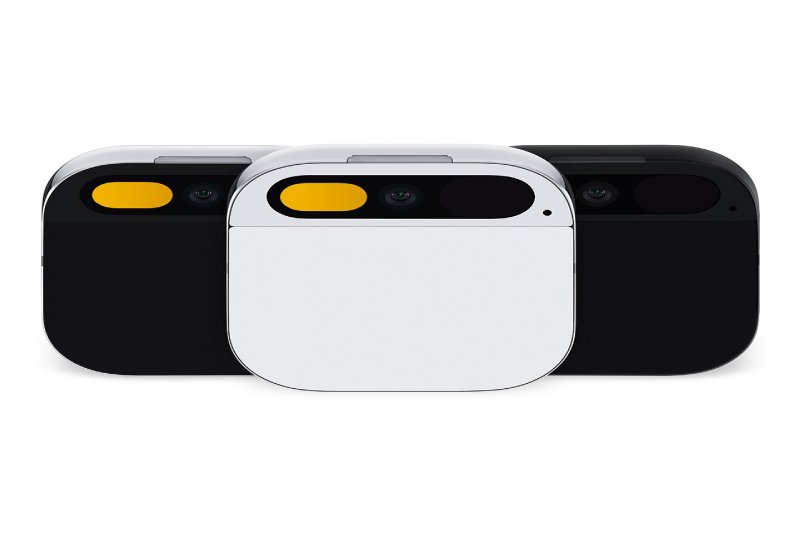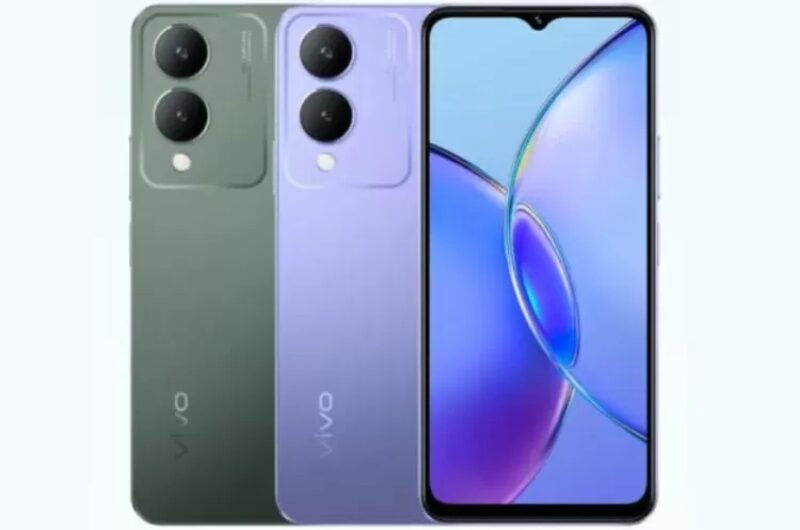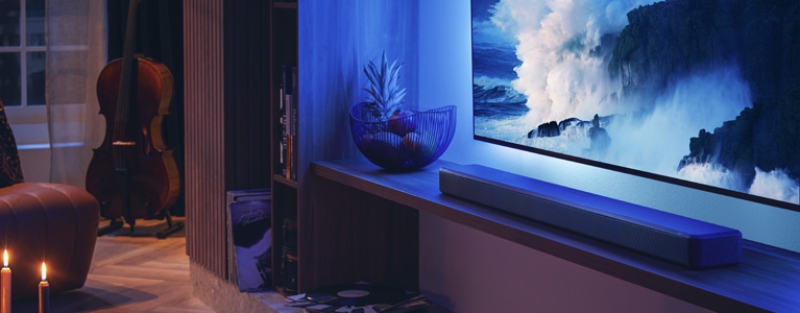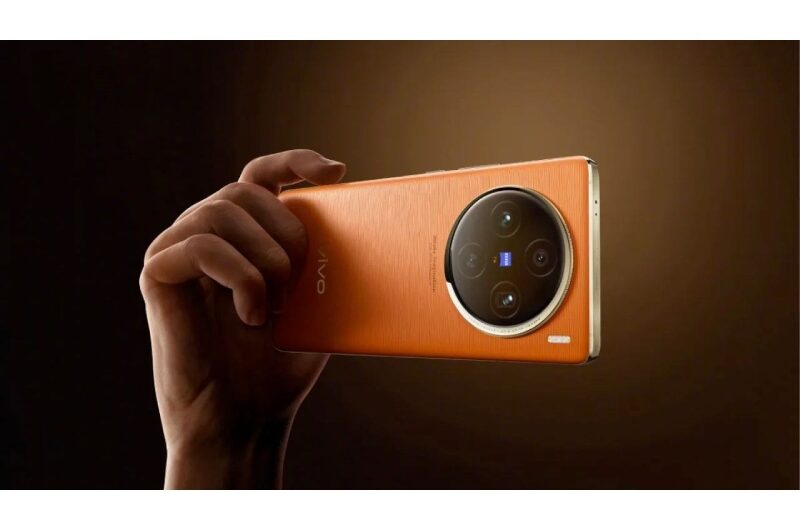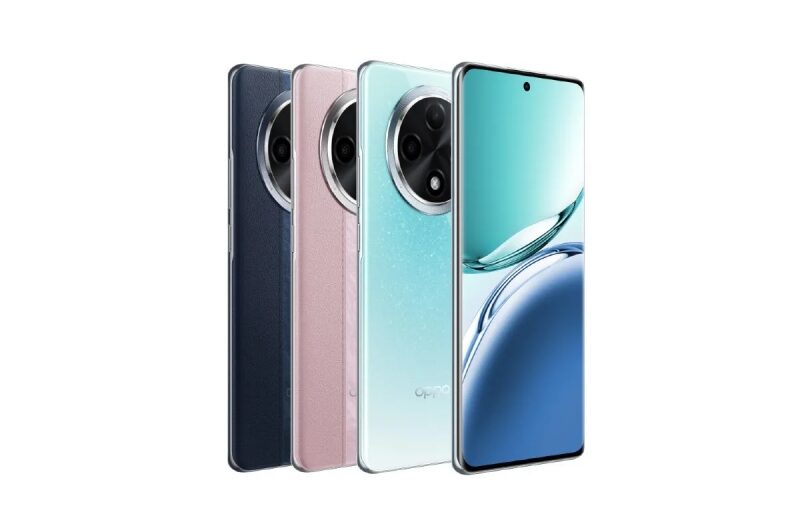The days of always carrying a smartphone may be drawing to an end, despite what some may find unthinkable. Wearables are being used more and more to shift our attention away from screens and toward augmented reality gadgets that project visuals into our field of vision—or, in the instance of the Humane AI Pin, straight onto our hands.
The square wearable, which can be worn as a brooch and looks like a cross between an Apple iPod nano and a Starfleet badge, is essentially the smartphone’s core unencumbered by its screen, supplemented by OpenAI’s ChatGPT to serve as a screen-less smart assistant. An operating system based on modified Android runs on an Octa-core Qualcomm® Snapdragon processor with 4GB of RAM and 32GB of storage. Because of the device’s minor inclination at the top, the camera can take pictures of the wearer more precisely, giving the impression that the wearer is wearing a tiny, tilted calculator without any buttons.
There are three possible color options: Eclipse, Lunar, and Equinox
Humane encourages a more alert view of the environment by using speech recognition and optical and microphone sensors to sense its surroundings. This allows users to record what they see and hear without straining their necks to look at a screen. 13MP (4208 x 3120 pixels) images are captured by the integrated f/2.4 aperture camera; video is planned as an extra feature.
In addition to using touch, tap, and swipe motions to traverse the pin while taking calls or responding to texts, users may also physically interact with the AI Pin by holding down the front touchpad. Pressing and holding two fingers simultaneously causes the gadget to enter Interpreter mode. The possibilities enabled by AI-enhanced software is so great that the pin can even infuse specific tones with feelings of exhilaration or anxiety when it transcribes voice into text messages.
The most innovative feature is now available: AI Pin’s Laser Ink Display. The laser ink display, which tracks the user’s palm, uses the hand as a 720p quality canvas for text, graphics, and user interface elements. It is a genuine palm pilot.
When navigating menus or alternatives projected onto the palm, basic movements are once again relevant. For instance, shutting the fingers as demonstrated above creates a selection.
Although it’s too soon to say when wearable screen-free smartphones will become a common accessory (alongside smart glasses or sunglasses), the Humane AI Pin imagines a time not too far off when we’ll give up on GUI and icon navigation in favor of interactive relationships.
Topics #Humane AI #Laser Ink #Real Palm Pilot